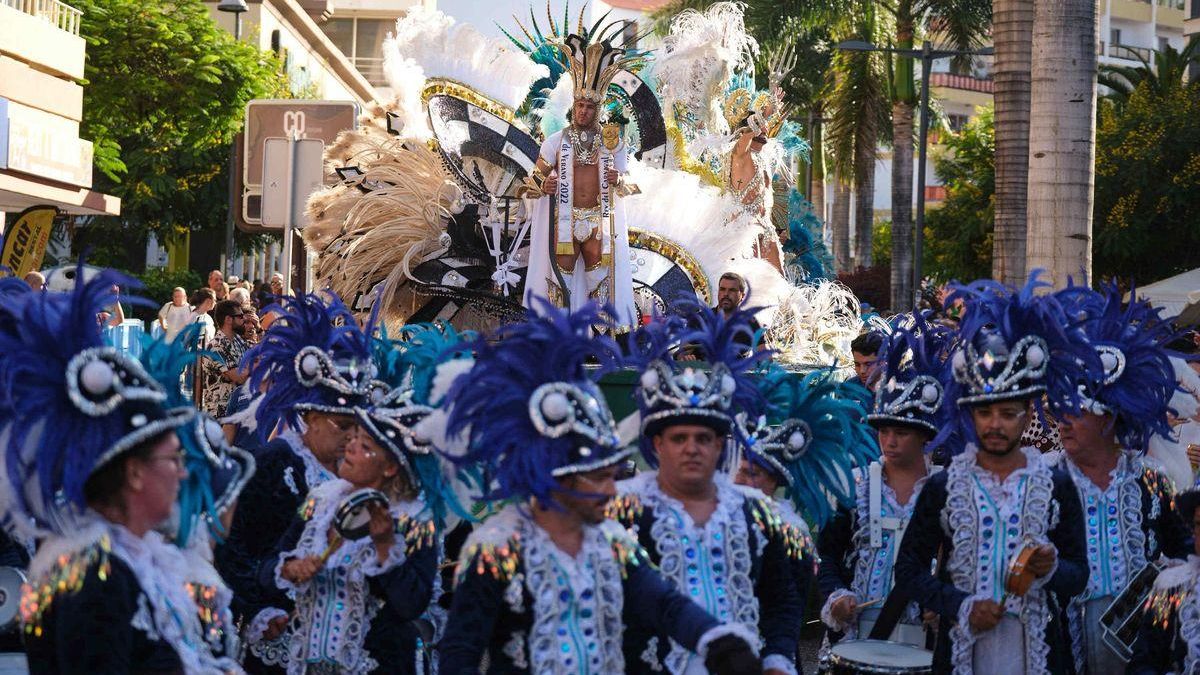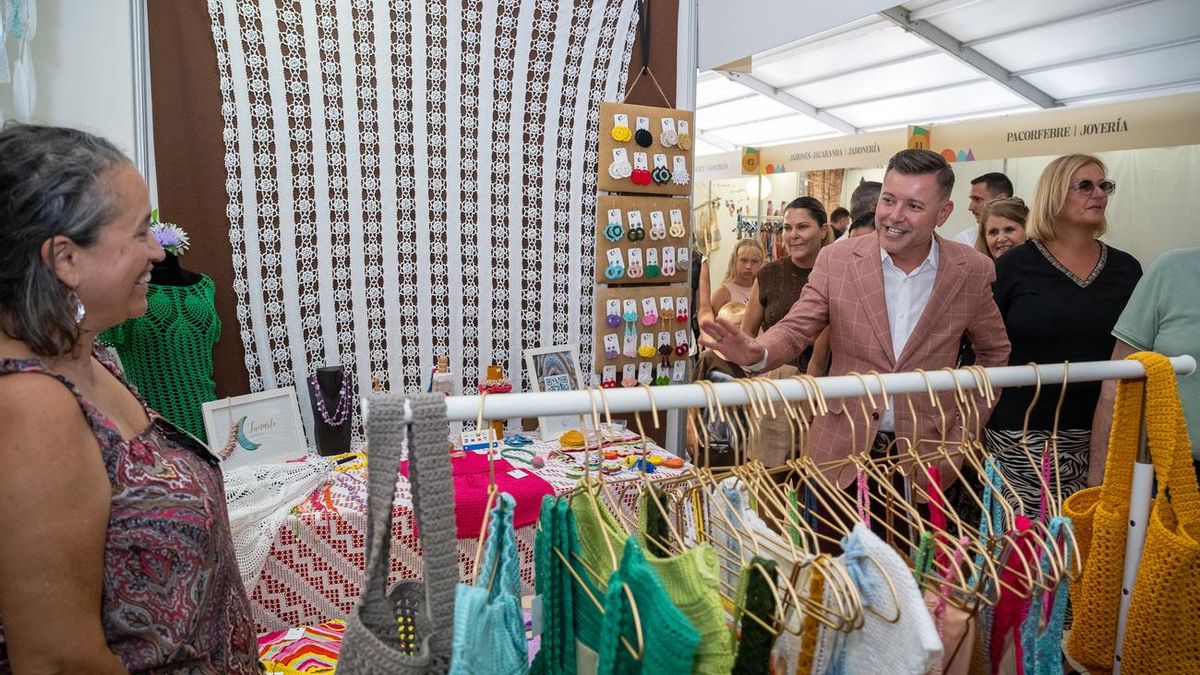Increase in Technical Training Groups and Staff in the Canary Islands

According to the regional Ministry of Education, the Professional Training (Formación Profesional) sector in the Canary Islands has commenced the 2025/2026 academic year with 47,066 enrolled students as of 14 September. This is distributed across 2,600 groups, an increase of 84 groups compared to the previous year. Of the total student population, 3,619 are in Basic Level programmes, 17,442 in Intermediate Level, and 25,015 in Higher Level. Additionally, there are 516 students in Adapted Professional Training and 474 in specialised courses. This initiative is supported by nearly 4,000 educators in 175 public educational institutions across the Canary Islands, representing an increase of almost 300 teaching staff compared to last year, along with another 30 prospectors tasked with finding companies for student internships, as noted by the department led by Poli Suárez.
New Integrated Centres Added
This year, five new integrated vocational training centres have been established within the network. Four of these—located in Valverde (El Hierro), San Sebastián de La Gomera, Morro Jable (Fuerteventura), and Santa María de Guía (Gran Canaria)—will begin operations this Monday. A new CIFP (Professional Training Centre) in Telde, Gran Canaria, will also start its activities, although it adopted its current name in February 2025. Notably, the new centres in El Hierro and La Gomera are the first of their kind on these islands, marking a historical advancement to ensure that students can access quality training opportunities without needing to relocate, reinforcing the government’s commitment to this type of education.
Adapted Professional Training Initiates
Regarding the Adapted Professional Training, which also starts this Monday, there are 516 places available in specific training pathways and skills development, encompassing a total of twelve programmes aimed at both young people aged between 16 and 20 with mild or moderate intellectual disabilities, and individuals aged 21 to 30 with disabilities of 33 percent or more. This format also incorporates small class sizes, with a maximum of twelve students per classroom, ensuring more personalised attention and contributing to improved inclusion and employability for these learners.
Special Education Begins
Alongside Professional Training, this Monday has also seen the launch of Special Regime Education in the Canary Islands, which includes elementary and professional music education, programmes in Plastic Arts and Design, Higher Artistic Education, and Sports Education.
With this, the progressive integration of all educational stages, which began last week, is nearly complete, reaching a total of 240,000 students who will begin their educational activities in Canary classrooms this term. Language schools (EOI) will commence on 22 September, marking the end of the academic calendar for the start of the year across all educational stages in the Canary Islands.














